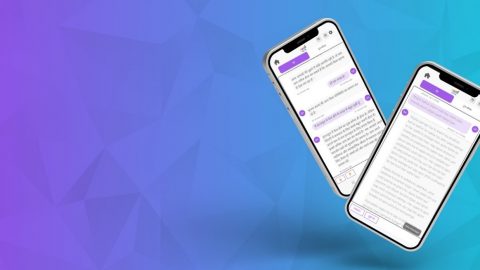Accessible Technology Can Be a Lifeline When the Unexpected Happens
The following blog post was written by Laura Ruby – Director of Accessibility Policy and Standards at Microsoft. She has worked in this area of the technology sector for more than 22 years.
—-
When my alarm goes off most mornings I reach across my two cats, grab my Windows Phone and scan my email. Usually, I decide email can wait, get up, feed my cats and prepare for work. Recently, however, I awoke to a message that touched me so deeply I put my morning routine on hold to respond right away.
The email was a plea for help from a colleague in Belgium. A member of his family had just been in a serious accident and was paralyzed from the shoulders down. He attached two photographs – one of a beautiful young woman in her twenties and another of a terrible car accident. He wanted to know if Microsoft could help her use a PC to connect with friends and family during what would be years of rehabilitation.
I quickly wrote back, telling my colleague about the many solutions now available that allow people who cannot use their hands to use computers. For example, Speech Recognition is built into the Windows operating system and available at the Ease of Access Center for Windows 7 and 8. When this tool is used with a third-party solution, such as an eye-gaze tracking system, a person without use of their hands can browse the web, compose emails and send text messages. I also included a link to a video that shows how a research software development engineer with limited movement uses a combination of Windows and third-party assistive technology on the job.
Unfortunately, life is unpredictable. We can’t always prevent accidents and injuries. But, we can be ready to help by knowing about available resources. That morning, I was extremely grateful I knew where to find the information my colleague needed.







